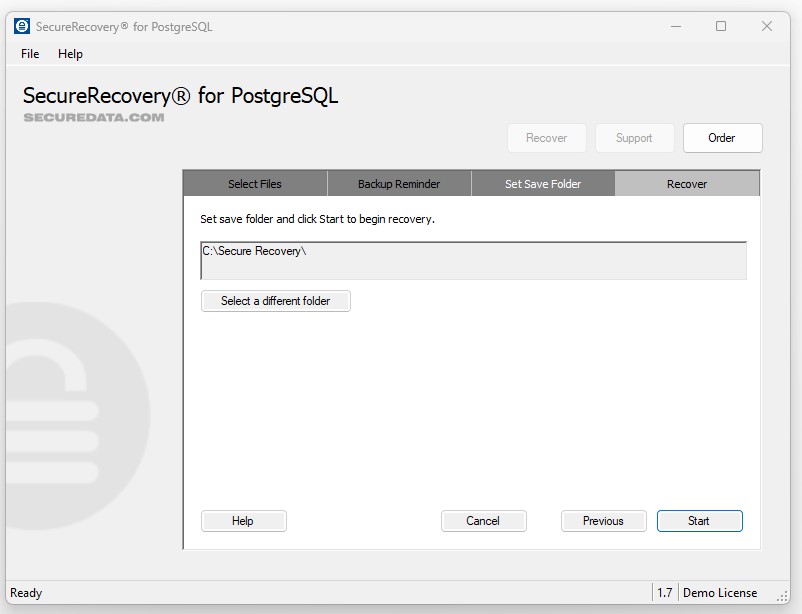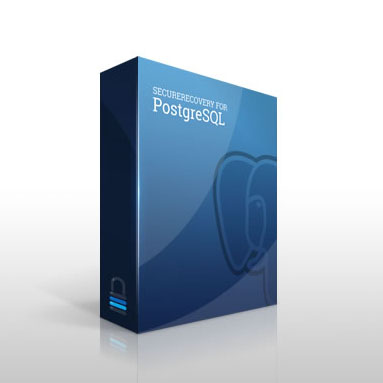SecureRecovery for PostgreSQL has a wide-ranging set of advantages that make it the best option for do-it-yourself database repair.
Do not let damage to your PostgreSQL database cause expensive data loss. If you notice signs of corruption in your database, order a copy of SecureRecovery for PostgreSQL to restore files and keep your data safe. This advanced repair utility features a user-friendly interface that does not require advanced computer skills, but its powerful algorithms restore data quickly and reliably.
Try it For Free With the SecureRecovery for PostgreSQL Demo
For a clear picture of the software’s compatibility with your file, download a copy of the free demo. The demo fully restores a few database rows, providing a sample of the recovery available. Other recoverable rows will show as blank in the demo, but the commercial version of SecureRecovery for PostgreSQL will recover them fully.
Limitations
SecureRecovery for PostgreSQL offers dependable database recovery with the following limits:
- Only ASCII Encoding is Compatible With This Utility
- This Tool Recovers Tables, but Not All Other Database Objects
Restore Your Database With SecureRecovery for PostgreSQL
For data recovery you can depend on, choose a recovery utility from the experts. SecureRecovery for PostgreSQL was designed exclusively for corrupted PostgreSQL databases, so it is the best option for do-it-yourself repair. Order a copy of SecureRecovery for PostgreSQL to repair virtually any instance of database damage.
















